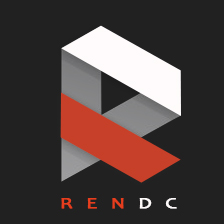21⟩ What is cost of equity shares? What are the various ways to measure the cost of equity shares?
Cost of equity share is the part of cost of capital which allows the payment to only the equity shareholders. In this every shareholders get the shares for getting the return on the shares on which they are investing so much. From company's perspective the company must earn more than cost of equity capital in order to be unaffected by the market value of the shares of its.
To measure the cost of equity shares we have to follow the following ways:-
1) Dividend yield method or Price ratio method
In this the minimum rate of cost of equity shares will be equal to the “present value of future dividend per share with current price of a share”.
Cost of equity shares= Dividend per equity/ Market price
For example if there is a company which issues shares of Rs. 200 each a premium of 10%. The company pays 20% dividend to equity shareholders for the past five years and expects to maintain the same in the future also. Compute the cost of equity capital. Will it be different if market price of equity share is Rs. 260?
The solution can be found out by our formula which says
Cost of equity shares= Dividend per equity/ Market price
= 20*100/210
= 9.52%
If the market price of equity share is Rs. 260.
=20* 100/260 = 7.69%


